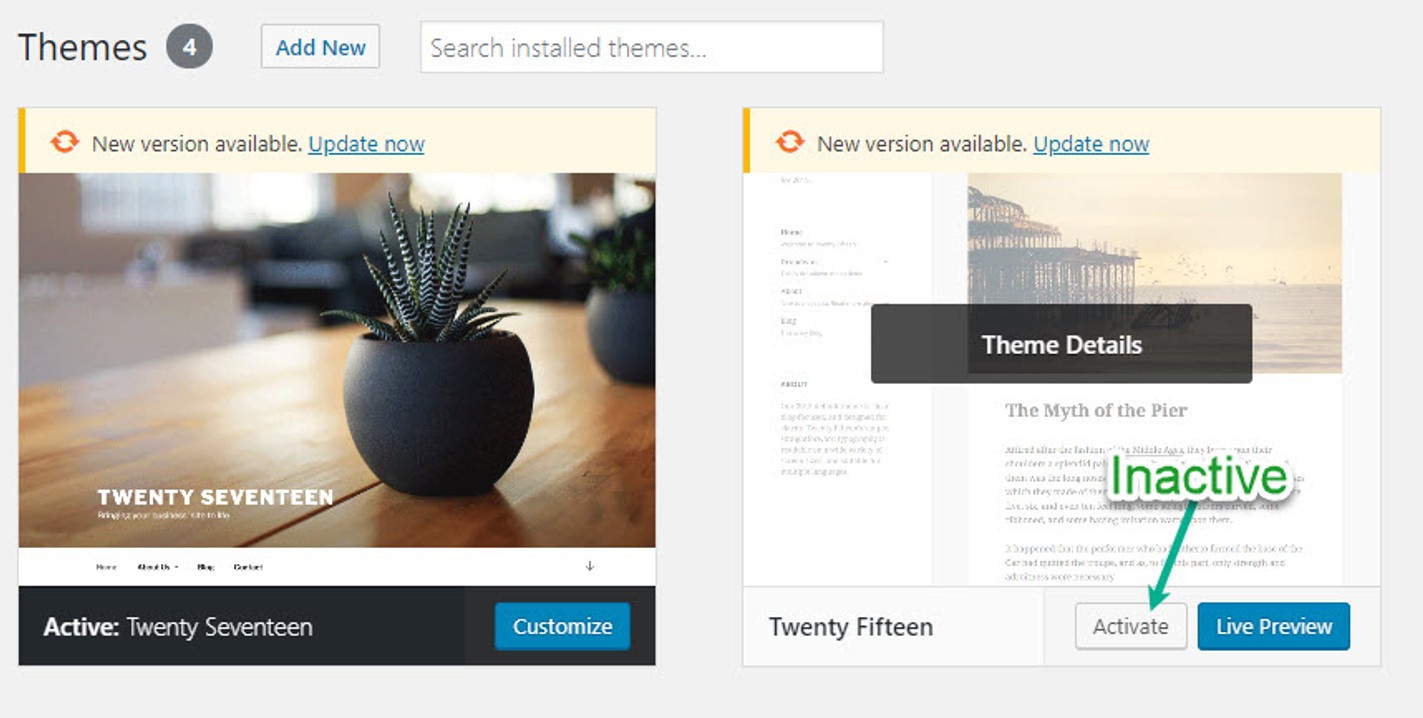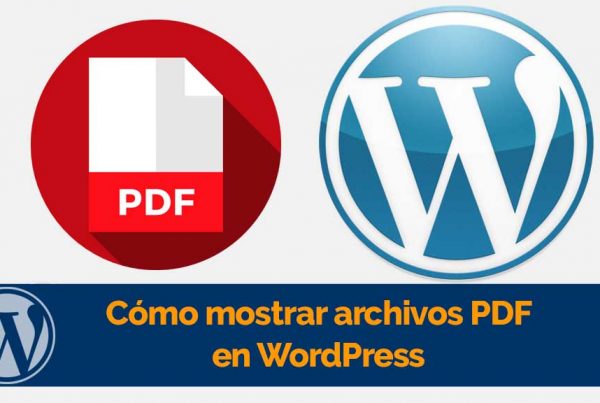<>
Es común intercambiar temas en el tablero de WordPress. A veces usted está completando una revisión en su sitio Web, y otras veces los desarrolladores están probando los temas de forma periódica.
Regardless, simply installing another theme to replace the current one is not the best practice. Actually, you should completely remove the above topic.
In this article, we will talk about how to remove a WordPress theme to promote both speed and security of your website.
Así es, dejar un tema antiguo en los archivos de su sitio podría abrir su sitio web a las vulnerabilidades de seguridad. Los archivos temáticos al mismo tiempo están ocupando espacio en el server, provocando problemas potenciales de desorden.
In this guide, we'll explore the best options for deleting a WordPress theme, along with tips for situations when a theme shouldn't be deleted.
Why You Should Completely Remove Unused WordPress Themes
The reasons for ditching a WordPress theme vary, but the most common include the following:
- You have discovered that the default theme installed with WordPress is not useful, so you would like to remove it.
- You tried a WordPress theme but finally decided that it was not what you wanted.
- Your brand is looking for an overhaul and would like to ditch an old topic in favor of a newer one.
Luckily, learning how to delete a WordPress theme is the same process for all of the above reasons!
The benefits of removing unused WordPress themes
If you're thinking that a random idle topic isn't doing any harm, you might be right. But at the same time, there may be small drawbacks that can be easily rectified by removing the issue.
Here are the reasons to let go of that topic:
- Better database performance - All data of an inactive theme is stored in the database. It's probably not going to ruin your database performance, but more ordinary themes could have an effect.
- More space on the server - Your hosting account has the weight of all files stored on the server. In this way, removing a theme would clear up the space and improve performance.
- Improved performance- The main performance issue you will have with inactive themes is in the control panel. This is due to theme updates. Auto update queries are sent to all active and inactive topics, so having 5 to 20 inactive topics could have an effect.
- Theme updates - You free up time for yourself when you learn how to delete a WordPress theme. Why? Because you should not be up to date with the updates.
- General site security - If an inactive WordPress theme is not updated, you leave your site open for hackers.
When not to delete a WordPress theme
There are some cases where deleting a WordPress theme is not recommended.
Some of the times when you shouldn't delete a topic are when ...
- The theme in question is a parent theme connected to an installed child theme.
- You are interested in saving that theme to test it later.
- You run a multi-site WordPress network and that particular theme is still active on another part of the network.
Apart from these situations, it is always better to delete the subject.
The difference between deactivating and deleting a WordPress theme
You'd think deactivating and deleting a topic would mean the same thing, right?
Desafortunadamente, ese no es el caso. Y puede causar cierta confusión y desventajas considerando que muchas persons no conocen la diferencia.
So what is the difference between deactivating a WordPress theme and deleting one?
Deactivate a WordPress theme
A theme is disabled as long as you decide to activate another theme on your WordPress site. You do not need to deactivate the above theme. Everything is done by replacing it with another theme.


The reason for this is because you can only have one theme running on your site at any one time.
De esta manera, los archivos de sitio de ese tema desactivado aún residen en su servidor. Esto al mismo tiempo incluye configuraciones, widgets y menús creados para ese tema.
This is done just in case you plan to reactivate that theme at some point. WordPress wants to make sure that you don't lose any of your old themes or files.
Delete a WordPress theme
A complete removal of a WordPress theme means that every file, setting, menu, and widget is removed from your WordPress site.
This way, you don't have to worry about files causing performance or security issues.
How to remove a WordPress theme correctly
Once you decide that a topic is not useful to you, is not a main topic, and is not on a multi-site network, it is time to remove it entirely.
Before removing a WordPress theme ...
Follow these steps to ensure that you do not cause any harm to your site during the removal process:
- Backup your site - Sometimes problems occur when removing items from a website. Do yourself a favor and make a backup just in case.
- Test the removal at a staging site (Optional) - Make a copy of your WordPress site on a staging site. Then remove the topic from the staging site to see if any issues occur. You do not have what doing this, but it can give you the confidence that deleting a topic is not going to break anything.
- One last check - Run a final check to see if the topic is connected to any child topics or to multisite networks.
And to finish, here is how to delete a WordPress theme:
1. Find the topic in the control panel
Navigate to your WordPress dashboard. Go to Appearance > Topics.


Scroll through all the themes you have on your WordPress site, both active and inactive.


2. Select the topic you want to delete
Find the topic you want to delete. Note that you can always go back and delete some of the others.
Click on the topic.
3. Delete the topic
Clicking on the theme displays all the details of the theme, such as a preview of the theme, a description, and options to preview, activate, and delete it.


Find the button Remove on the right. Click on that to get rid of the issue.
4. Delete the content that was attached to that topic
Even though the topic is gone, you still have to take care of some things.
Parte del contents relacionado con el tema todavía está en su servidor, y eso sólo ocupa espacio. Este contenido incluye
- Images
- Menus
- Dummy content as messages from the developer
- Widgets
All of them are most likely inactive, but this is how you completely erase them:
Images
Go to the Media Library and manually delete all the images that you only used for that theme.


Menus
All themes have different menu locations. This way, you may have to reassign where the menus are or remove them if they are not being used.


This is done by going to Appearance > Menus.
Fictional content
If the above topic has dummy content like posts, pages, or even custom post types, you have to go through all of them manually to remove them if you want. At the same time you can let them be used in the new theme.
Widgets
If a widget was only used for that theme, it is placed in the Inactive Widgets section.


Go to Appearance> Widgets, then click the Delete Inactive Widgets button.
This is how you delete a WordPress theme!
Learning how to remove a WordPress theme the right way is essential to clean up server space and keep your site safe.
There is definitely a lot more to WordPress performance and security than simply deleting your theme.
This way, once you've removed your inactive topics, it's time to update your knowledge on those topics even more. To do this, check out our WordPress security guides and how to speed up WordPress.
Still have a question about how to remove a WordPress theme completely? Leave a comment below and we will try to help you..
2qIbDDb






